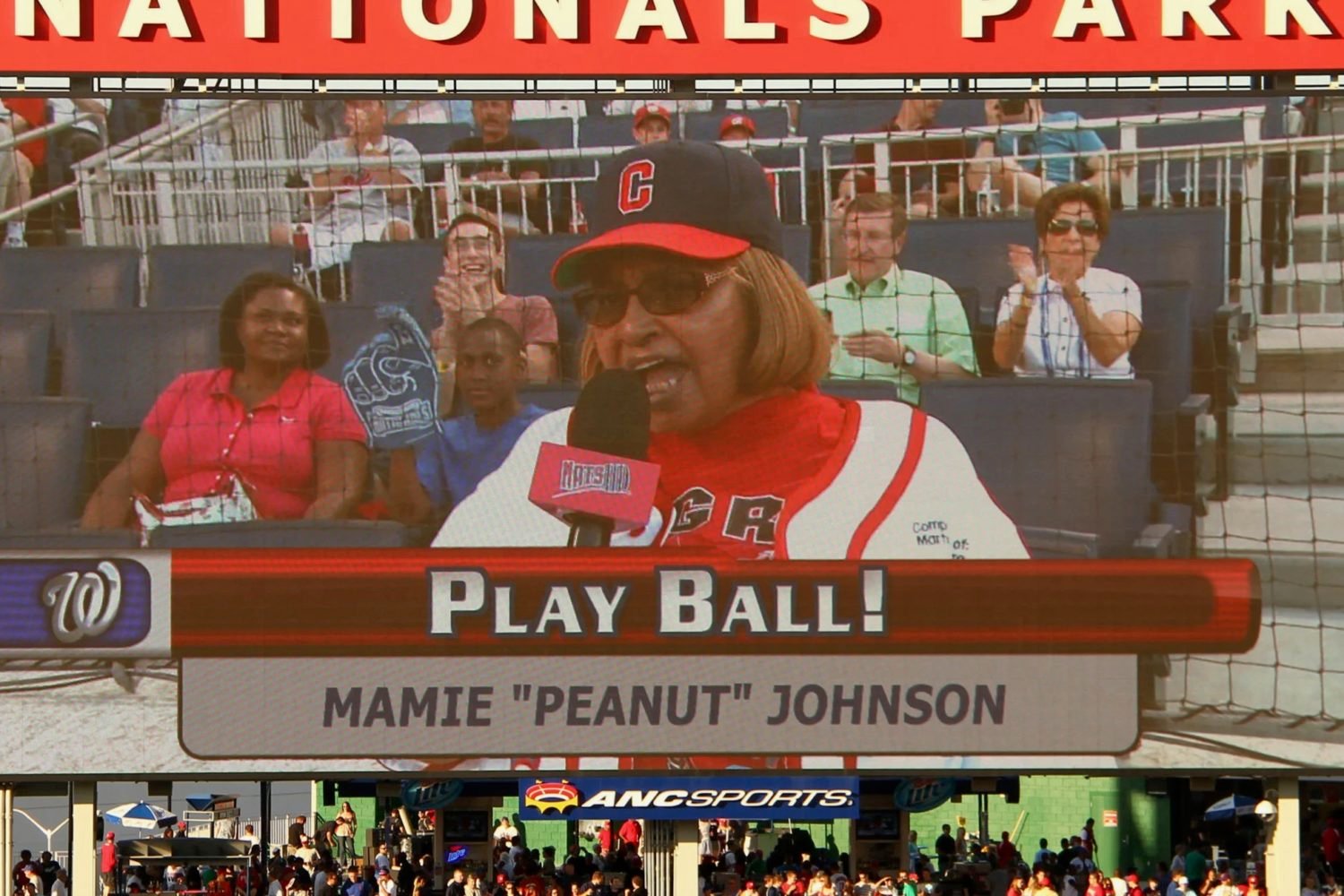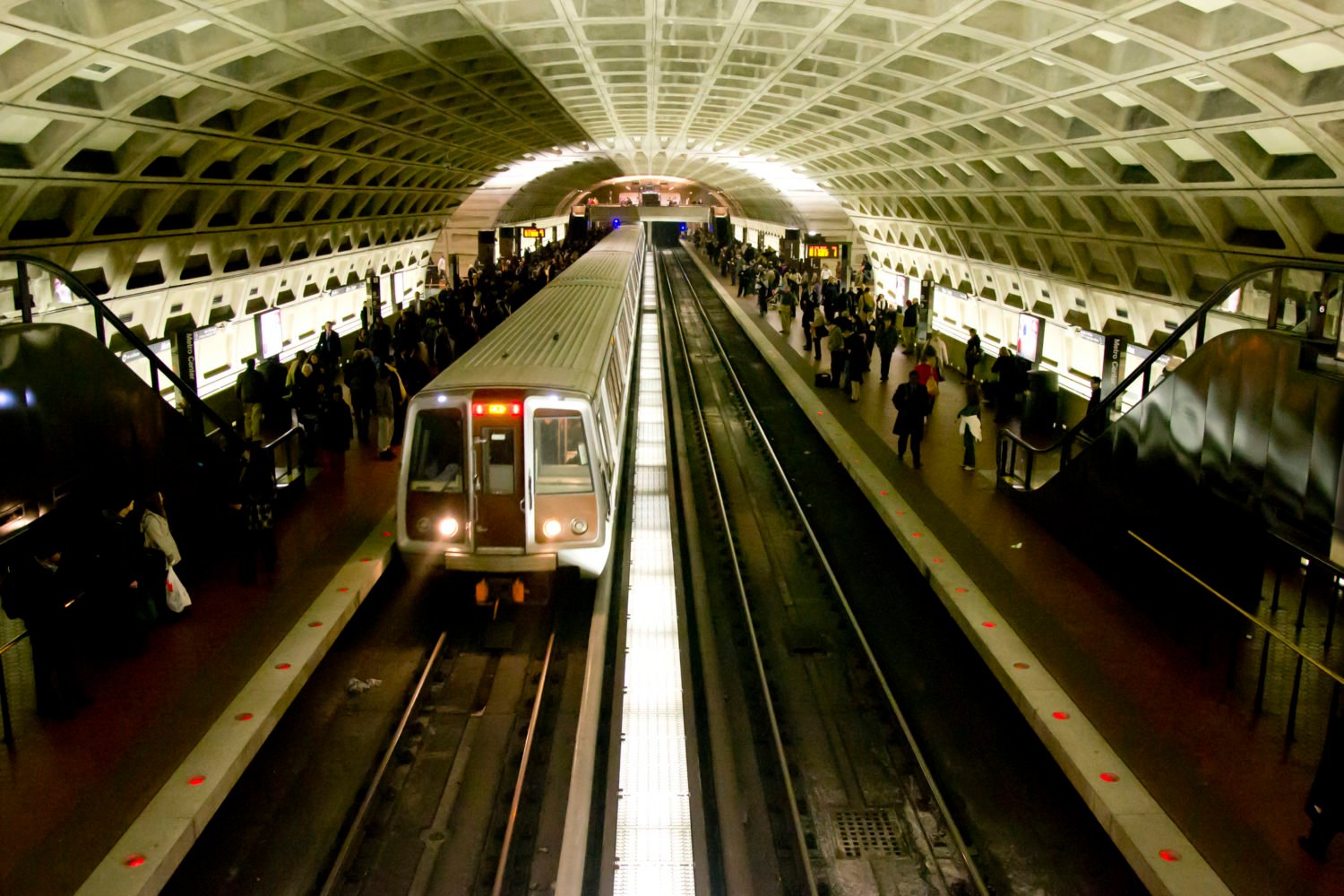A man threatened to murder me on my way to work.
Last Friday morning, I was walking down a quiet stretch of 4th St., NE, when I passed a guy in a black leather jacket standing between two cars outside a warehouse. He sounded like he was on his phone. Really, he was talking to himself—then suddenly to me. “I’d love to murder you,” he said, with emphasis on “you,” like he’d been listing examples, “but you’re too goddamn beautiful.” I looked him in the eye, more disbelieving than afraid—Did he seriously just say murder?—and hustled past to where the road joined the bike path that led to the NoMa-Gallaudet station.
I usually take the Metro from the Rhode Island Avenue stop, but the latest round of SafeTrack closures has forced me, like so many others, to change my routine. And especially as a woman, it’s having an unexpected effect on how safe I feel during my commute.
Since the 25-day closure began last weekend, I’ve tried a few different alternatives. I took the Metro/shuttle combo, about an hour to my office near Farragut North. I caved a couple times and Ubered, but rush-hour traffic made it just a more expensive way to get to work slowly. I walked to work two days, which takes about 50 minutes but lets me feel like I’m in control. And on Friday, I split the difference and walked to the NoMa station, since I was carrying a backpack for a weekend trip.
For walking routes, I follow Google Maps. I know it will get me where I’m going on streets where there are (usually) sidewalks. But Google has no idea if an area is safe. I walked all the way down Rhode Island Ave. the first day, crossing overpasses and gas station parking lots while stop-and-go traffic whooshed alongside me the whole time.
I’ve found myself wondering which bus stops are safe to wait at after dark—bus stops I would never be considering if the train was running. Waiting for the G8 after a show at the Howard Theatre Tuesday night, a guy sidled up next to me to warn that I shouldn’t get too close to two other men who were pacing along the curb and smoking cigarettes. As I waited 10, then 20 minutes in the dark, I wished I had paid for an Uber, or had taken the Green or Yellow line to the Red, then to the shuttle.
Last Friday morning in broad daylight, however, I wasn’t really worried about my safety as I walked south of Rhode Island Ave., down 4th St., NE, a route I’d never previously taken. I saw only two people in the first 10 minutes. Approaching the end of the residential road, I passed a low-income residential building, and then the long, low warehouse of the Washington Air Compressor Rental Company. I could see the bike path that follows the train tracks to Union Station on the other side of a chain-link fence. And that’s where I ran into the guy who said he would love to murder me. I never would have seen him if I’d been taking my usual commute.
Thankfully, he didn’t follow me, and I made it safely to my office. But the incident made me think. I can’t be the only one wandering into unfamiliar neighborhoods and waiting at dark bus stops because of SafeTrack. And unlike much of this city’s population, I’m lucky enough to be able to afford to take Uber if I feel it’s necessary. What must other commuters—women, in particular—be experiencing?
If SafeTrack is affecting your sense of security, drop me a line at amarks@washingtonian.com.


















